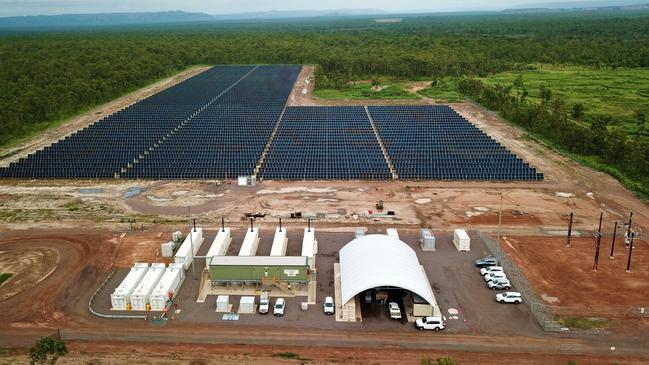Energy regulator tweaks rules to boost household earnings and improve forecasting
The Australian Energy Market Commission expects its rule change to improve returns to households and businesses which have rooftop solar panels and batteries.

Australia’s energy market regulator has approved a rule change it says will bolster returns to households and businesses with rooftop solar panels and batteries and improve the forecasting capacity of the country’s energy operator.
The rule change helps Australia’s energy market regulator drive returns to households and businesses, which are playing an increasingly significant role in supporting the electricity grid.
Under Australia’s energy rules retailers previously pooled households with rooftop solar panels to create a so-called virtual power plant, supplementing their existing generation assets such as coal-powered plants.
The Australian Energy Market Commission (AEMC) has now altered its rules to ensure that these VPPs can compete against coal power stations and wind farms by bidding in the national electricity market. AEMC says this will be financially beneficial and reduce the need for new generating capacity to be built.
The rule change will give the Australian Energy Market Operator (AEMO) much-needed oversight of the capacity and behaviour of what is expected to be the single largest source of electricity in the national electricity market. Currently, AEMO has little knowledge of the size and behaviour of a retailer’s VPP.
Some retailers will dispatch excess electricity from a battery at particular prices or when their own generation load allows.

But under the new rules, retailers must specify how they intend to trade excess electricity created by rooftop solar panels and stored within a battery.
The improved data armoury of AEMO is a much-needed boost to the agency, which is responsible for ensuring grid stability.
Australia’s energy market is increasingly fragmented, and rooftop solar panels are now the largest single source of power.
While the influx of solar reduces pressure on the grid, AEMO is often left in the dark about what is needed if rooftop solar fails to deliver as expected or the sun sets.
As a result, AEMO frequently has to intervene. In South Australia, it regularly has to order generators to dispatch to households in need, while in NSW and Victoria the agency often sounds emergency alarms. While the two states have avoided blackouts, energy officials have said the lack of knowledge of what the grid needs at particular times is adding unnecessary pressure and expense.
The pattern is expected to worsen. About four million households have installed solar panels on their roofs and, with ever smaller payments from retailers, a growing number are considering installing batteries.
Spurred on by concessional loans, the rise of VPPs is expected to outstrip official estimates.
Recent modelling indicates that VPP market participation could result in cost savings of $834m between 2027 and 2050.
Increased returns to households will coincide with an expected decline in the cost of batteries – which would rapidly decrease the payback period for the assets. Currently, batteries are prohibitively expensive for many households and savings generated are too small to justify an asset with a 10-year warranty.
An increase in the number of household batteries would assist Australia’s energy transition.
The federal government has set a target of having renewable energy generate 82 per cent of the country’s electricity by 2030.
Authorities estimate this will require 6GW of new zero-emission sources to be installed each year.
Australia is currently installing just 3GW each year.






To join the conversation, please log in. Don't have an account? Register
Join the conversation, you are commenting as Logout